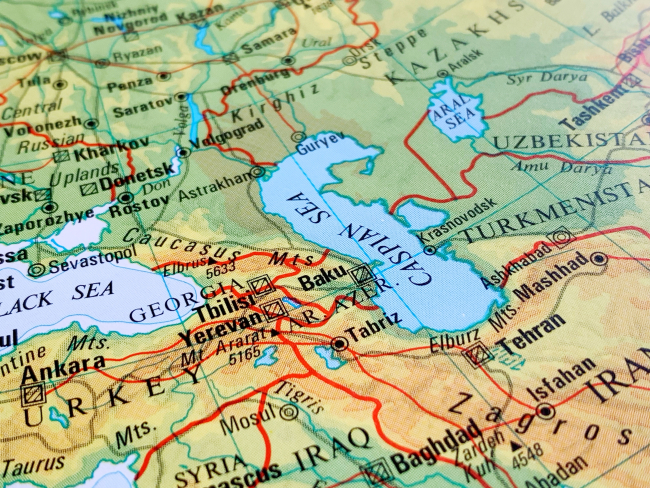Imagined Geographies of Central and Eastern Europe: The Concept of Intermarium

Like the proverbial cat, some concepts have several lives. Or, like the mythological phoenix, they can be reborn from the ashes. This is certainly the case of the Intermarium, a geopolitical concept that envisaged an alliance of countries reaching from the Baltic Sea over the Black Sea to the Aegean Sea that would serve as a third power bloc between Germany and Russia.

The Intermarium belongs to the long genealogy of geopolitical concepts looking for and promoting a Central and Eastern European unity: sandwiched between a Mitteleuropa under German leadership in the nineteenth century and a Near Abroad under Moscow’s supervision after 1991, the “middle of Europe” or the “land between the seas” has been searching for historical models in everything from the Jagellonian dynasty and the Polish-Lithuanian Rzeczpospolita to the Austro-Hungarian empire. Launched by Polish state leader Józef Piłsudski in the 1920s, the idea of a Międzymorze (the Land between the Seas, latinized as Intermarium) has since been regularly revived in evolving contexts and finds itself reactivated today. In its current form, it refers to the Central and Eastern “new Europe” dear to George Bush, Donald Rumsfeld and now Donald Trump, celebrated for being more pro-Atlanticist than the Western “old Europe,” which is seen as being too conciliatory with Russia. The Intermarium has also, gradually, come to comprise a conservative Central and Eastern Europe that sees itself as the “other” Europe—that is, opposed to the European Union—and advances a conservative agenda sometimes permeable, as we see in the Ukrainian case, to far-right ideological schemes.

Available in:
Regions and themes
Share
Download the full analysis
This page contains only a summary of our work. If you would like to have access to all the information from our research on the subject, you can download the full version in PDF format.
Imagined Geographies of Central and Eastern Europe: The Concept of Intermarium
Related centers and programs
Discover our other research centers and programsFind out more
Discover all our analysesThe Caspian Sea as an Emerging Energy Hub : Potentials and Limitations
This report analyzes the prospects of the Caspian Sea region — and its key actors except for Russia and Iran — becoming an important energy hub serving the needs of the European Union (EU).
The European Union's Strategic Test in Georgia
The political crisis brewing in Georgia is of an existential nature for the country. What is at stake is Georgia's future as a democratic and sovereign European nation (EU).
Commanders of Putin's Long War: Purged, Reshuffled and Disgruntled
The trend of reshuffling the Russian top military command in the course of a fast-evolving and far from successful war has progressed unevenly both across the Armed Forces’ structures and in time. The rationale for and timing of the abrupt cadre decisions made by Commander-in-Chief Putin often defy logical explanation, and the rare official clarifications are no more informative than the usual information blackout.
Russian Military Manpower After Two and a Half Years of War in Ukraine
In addition to a military victory in Ukraine, the Russian leadership is planning to build up sizable troop formations for a possible conflict with NATO in the Baltic region and the Kola Peninsula. In particular, current plans aim for the military manpower to grow by about 350,000, reaching a total of 1.5 million soldiers and commanders. In the context of the current conflict in Ukraine, this cannot be accomplished without a new wave of mass mobilization.











